The First Toronto Fringe New Young Reviewers Roundup
After weeks of workshops and watching shows, the first roundup of reviews from the Toronto Fringe New Young Reviewers Program are here!
Led by Signy Lynch (Contemporary Theatre Review, Canadian Theatre Review, Intermission Magazine) and Stephanie Fung (Kingston Theatre Alliance, Canadian Theatre Review, Single Thread Theatre), the New Young Reviewers Program is a workshop series and writing group for emerging theatre and performance reviewers across Canada. Open to participants ages 15 and up, this program introduces participants to the basics of theatre reviewing, helping them develop responses to Toronto Fringe performances. With support from the Jon Kaplan Legacy Fund, the program encourages participants to explore emerging creative approaches to criticism and to begin to define themselves as critics and reviewers.
Look below to read the first four reviews from the 2021 Toronto Fringe New Young Reviewers Program!
Our Exes Are Dead
Reviewed by Alessi Emmenegger

Our Exes Are Dead is a comedic sketch show made up of short scenes that are enjoyable for both young and old. It is directed, created, and acted by Maggie Chafe and Rachelle Mazzilli, who both have experience with improv and acting. The actresses interact together without discomfort even while in each other’s personal space, remaining energetic and expressive with their facial expressions and movements from start to finish. Chafe and Mazzilli take on multiple characters throughout the production, leaving the audience engaged and unsure of what will happen next. The piece consists of short scenes, each so different that there is little confusion when the scene changes. However, the transitions between the scenes are abrupt and the mini-breaks added are bewilderingly short. The creators might have instead used title cards to introduce the next setting. Overall, the production is nicely done. The locations of the scenes are well thought out, and the intro and ending scenes match, with both taking place in a park. There is an unclear scene where a table is being set that leaves me unsure of what is trying to be portrayed. Also, in a scene with a rapper/Canuck impersonation, the character is shown as not very smart or good with words, where rappers usually are not short on words; perhaps the two characters could have been separate. The video production is really well done, shooting from different angles and distances, immersing the audience in the scenes and making you feel as if you were there with the characters rather than watching online. Upbeat music mirrors the mood, cutting out when necessary and changing to hold the audience in suspense when each scene reaches a climax. The name of the production does not reflect the show (exes are not mentioned), but other than that, this fast-paced comedy achieves its goal of leaving the audience happy and laughing.
ComMUTE
Reviewed by Chloe Emmenegger

ComMUTE, created by Deaf Spirit Theatre, is a series of contrasting scenes set onboard trains and doesn’t easily fit into a specific genre since each scene differs. For example, the Zoom-meeting scene is very relatable, since nearly everyone has to work remotely these days, and was so funny I couldn’t stop laughing. The last scene, however, ends on a more serious note and leaves the viewer with lots to reflect on. Each scene tells the story using sign language and facial expressions, subtitles, and voice-overs, which I found overwhelming, bombarding the viewer with several communication forms that mean the same thing. The voice-overs didn’t seem to match the performers and slightly lessened the experience for me, a hearing person. While I appreciated the accessibility behind the use of voice-over, I personally would’ve preferred to instead glance at the subtitles for story information and see the sign language on its own, and feel that presenting the production as two videos, one with voice-over, and one without, might have been less distracting. The production had excellent sound effects, and in the first scene, there were futuristic, air-projected communication apps that added a futuristic feel to the story, as was intended. Lastly, since the scenes were mainly set on trains, it was hard to distinguish when one scene ended and the next began, which might have been addressed with some strategic titles and fade-outs. The filming was very well done, since not every performer was present in the same location and some appeared to be wobbly, like they had an imperfect Zoom backdrop, but that didn’t disrupt the production at all. Every story had a flowing conversation and seemed very natural, and each scene contained multiple topics that blended together with ease. ComMUTE weaves in some of the struggles and situations deaf people face that hearing people, such as myself, have had no reason to consider before, all while offering humour and truth to viewers.
Space Girl
Reviewed by Liam Donovan

In Hyperloop Theatre’s Space Girl, a girl floats through space. She doesn’t ride in a multi-billion dollar rocket; instead, she defies gravity and drifts freely above it all. By breaking the laws of physics with no explanation, Space Girl skips out on exposition almost entirely and makes use of that extra space to instead foreground emotional vulnerability.
The show takes the form of an interstellar vlog, with Space Girl (Alice Newling) narrating. Occasionally, Space Girl’s monologue is interrupted by reflections from people down on Earth. The sensitivity of the accounts makes small moments feel cosmic, and large ones feel microscopic. For Space Girl, space is as navigable as a supermarket — especially when compared to the chaos of life on Earth.
As a digital art piece, the show communicates extremely effectively. Although the script is essentially a series of monologues, Writer/Director Jean-Michel Cliche and Production/Media Designer Trent Logan enhance the text with a variety of visual techniques. These include dance, LED word-art, cutout animation, and more. This variance keeps the show visually engaging — always a challenge with digital theatre.
Because the show was filmed with social distancing in place, though, these storytelling techniques had to be edited together after the fact to make them feel more cohesive. At first, this digital stitching takes the form of a four-way grid, similar to the Zoom boxes we’re all too familiar with, but, as the show goes on, the editing becomes more fragmented, and the screen begins to resemble a kaleidoscope of movement and light.
As Space Girl visually fragments, its story does too — instead of providing one video to sit and watch all the way through, the show has you pick which Earthling characters you want to hear from based on their profession and eventually has you pick an ending. This loosely constructed choose-your-own-adventure system further textures the experience of Space Girl.
Space Girl treats space with a refreshingly elegant sensitivity. Though it asks big philosophical questions, it does not pretend to have the answers. Instead, it highlights human connection and reminds us that even if we are unable to fathom or conceptualize humanity’s relationship to the universe as a whole, that is okay: our memories, relationships, and emotions are as real as anything we may find out there.
Circle Back
Reviewed by Sayak Sneddon-Ghosal

Circle Back proves that strong acting, smart dialogue, and relatability don’t need to be sacrificed in digital theatre — and can in fact be heightened. Circle Back is a realistic, engaging, and cute rom-com that stands apart from others in the genre by being interactive and using dialogue that reflects the current zeitgeist.
Circle Back showcases the relationship between graphic designer Gwyneth (played by Lauren Maykut) and brand manager Jamie (played by playwright and editor Tabia Lau), as it morphs from professional to friendly to romantic. As they juggle their budding romance while working together, there are often abrupt shifts in dialogue — Jamie and Gwyneth flirt one second and then talk about work the next. Thanks to Lau and Maykut’s excellent acting, these shifts never feel bizarre or unintentionally awkward. Circle Back’s dialogue makes the play feel grounded in reality. Jamie and Gwyneth know they can’t abandon their work to be with one another — they have to manage both their work and romance.
A year and a half into the COVID-19 pandemic, Zoom has become a staple. Circle Back uses this to its advantage. Throughout the play, there is talk of screen-sharing, becoming a co-host, and being muted. In addition, there are times where characters talk over each other because of Zoom’s delay. These instances of relatability are not forced or cringey — they are endearing and feel logical within the context of the scenes they’re in. These pieces of dialogue draw the audience in and give them something to identify with.
Circle Back is also interactive, featuring two endings that sprout from a moment of choice Jamie has to make. This dual ending feels apt given the fact that there is no obvious option for Jamie. Based on how an individual audience member feels about the characters and play, they can decide which ending makes the most sense to them.
By being interactive, understanding our current reliance on Zoom, and highlighting realistic dialogue, Circle Back proves how digital theatre can stand out as its own amazing entity from traditional theatre.

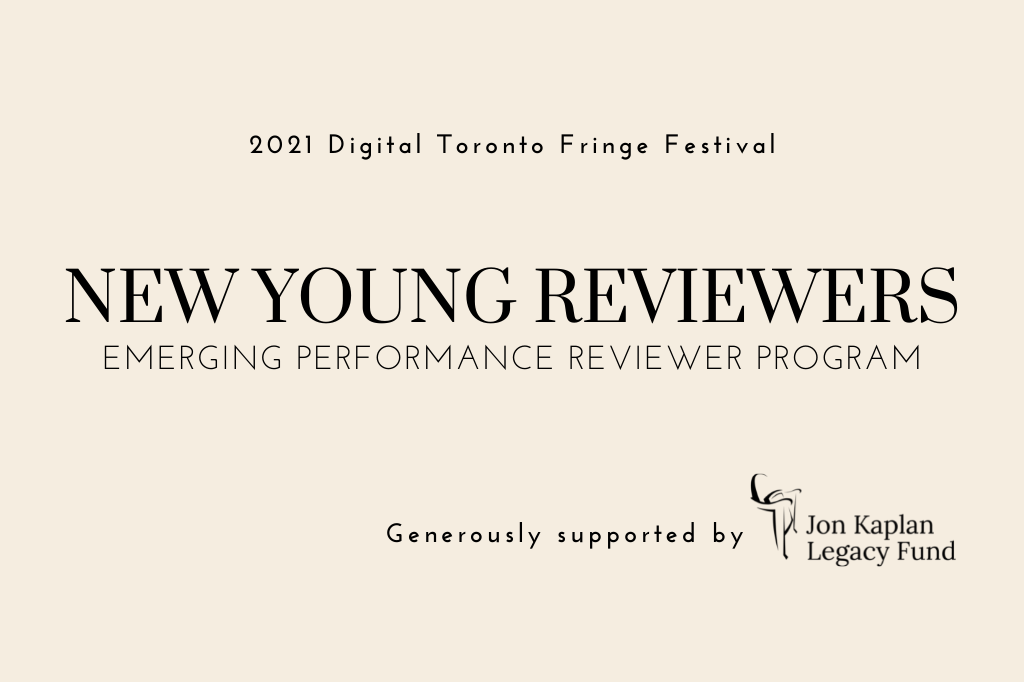






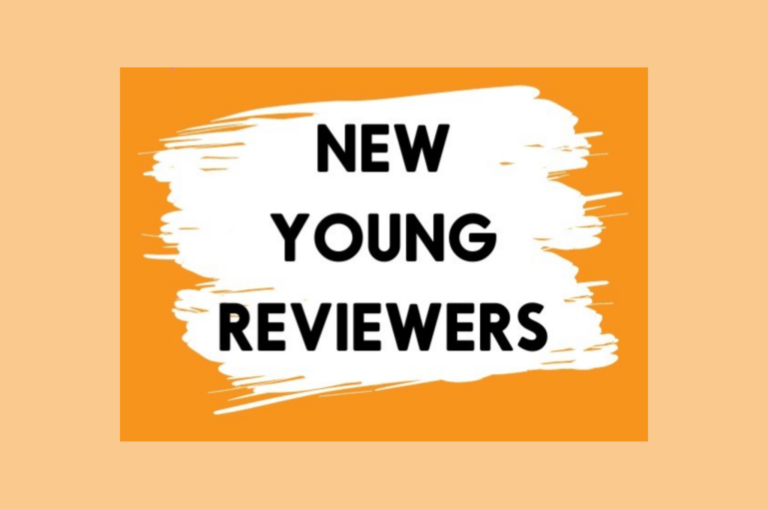
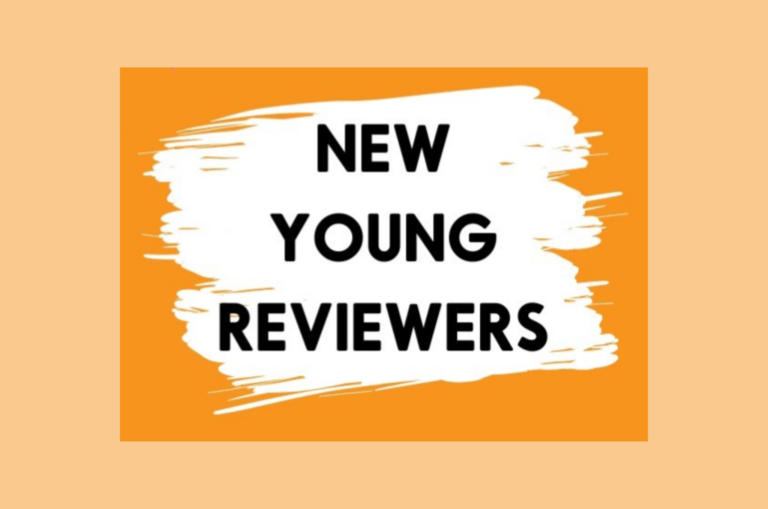
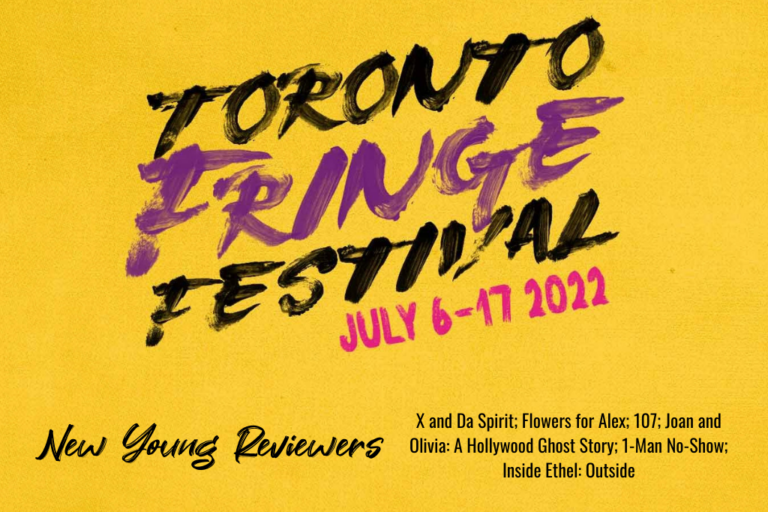
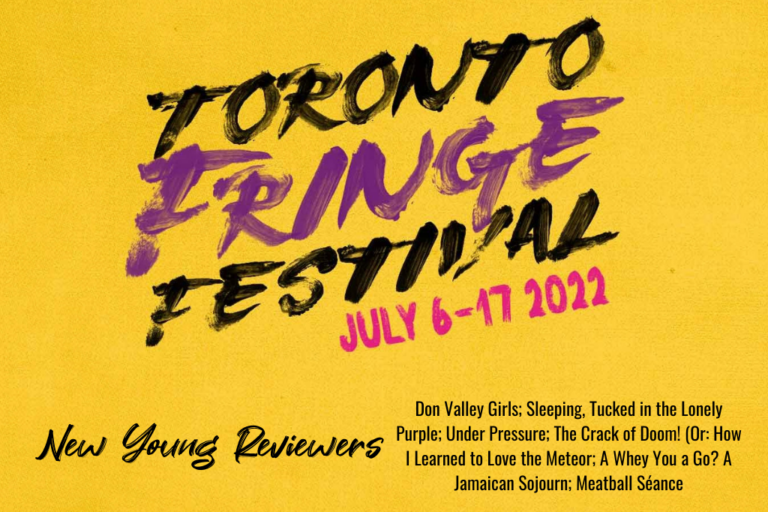
Comments